Learn how to make perfect over hard eggs with fully cooked yolks and crispy whites. Serve them with any breakfast, or add them to burgers and sandwiches!
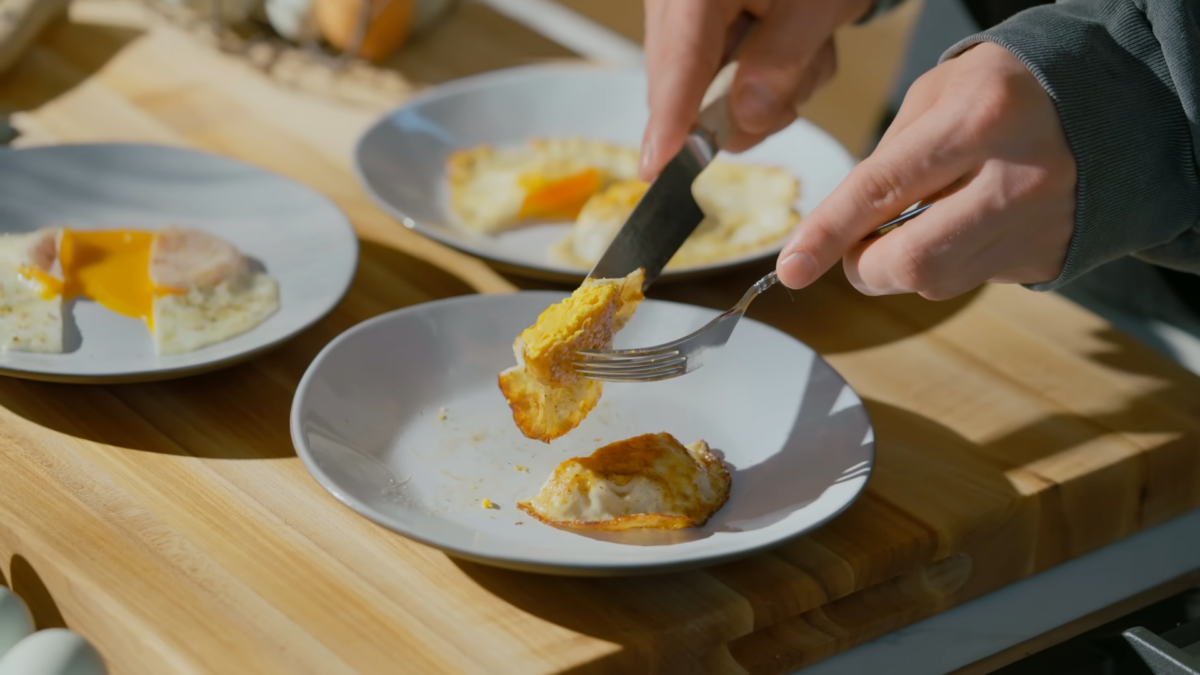
I have to admit that I’m not a huge fan of cooking eggs over hard. Personally, I think the only good part is the crispy whites. I much prefer over easy eggs or over medium eggs. However, if for whatever reason you’re a fan of over hard eggs, I’ll show you how to achieve set yolks and crispy whites with ease.
Ingredients and Notes
See the recipe card below for the complete ingredients list and instructions.
- Butter – I prefer to fry eggs with butter instead of olive oil or avocado oil for a richer flavor.
- Egg – For the best taste and presentation, make sure to use fresh eggs. To test your eggs, gently place them in a bowl of water. If they sink, you’ll know they’re fresh. Older eggs tend to float and are best used for hard boiled eggs.
- Salt and Pepper – Add more or less to taste.
How to Make Over Hard Eggs
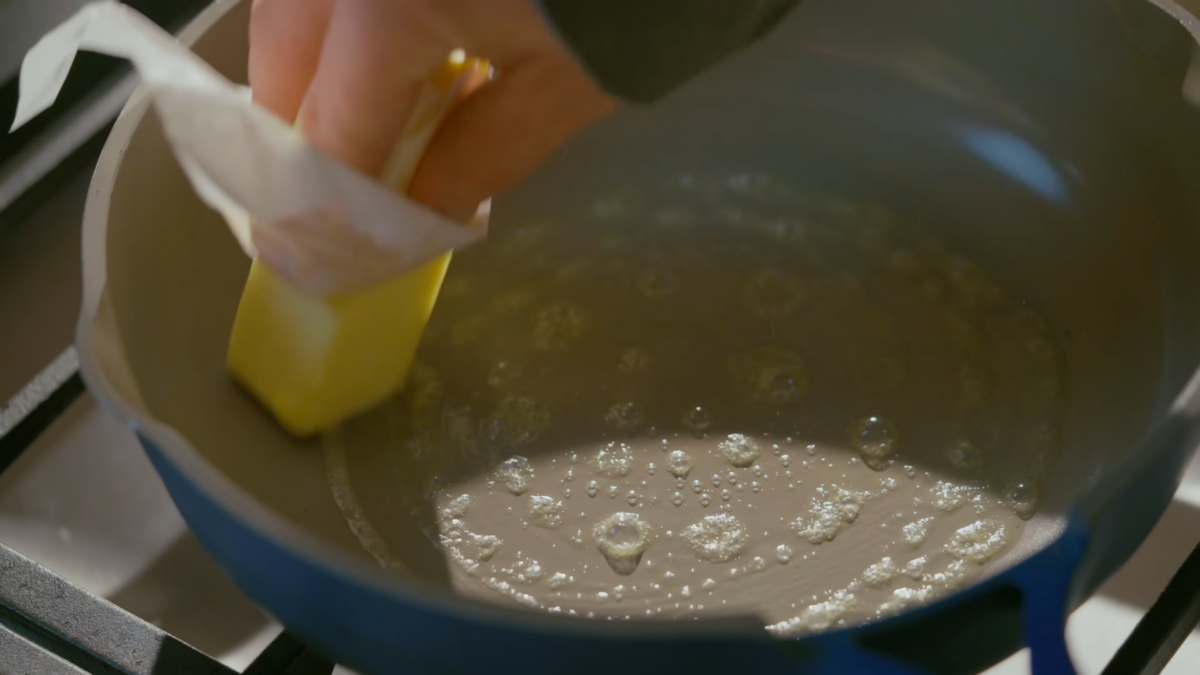
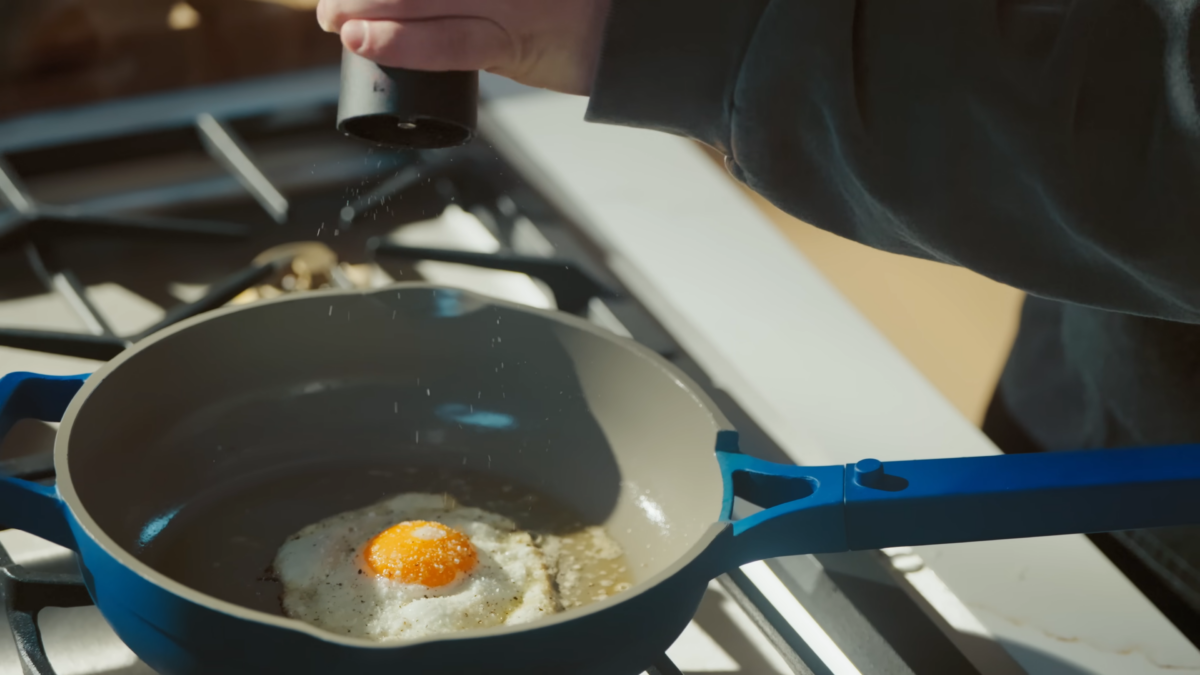
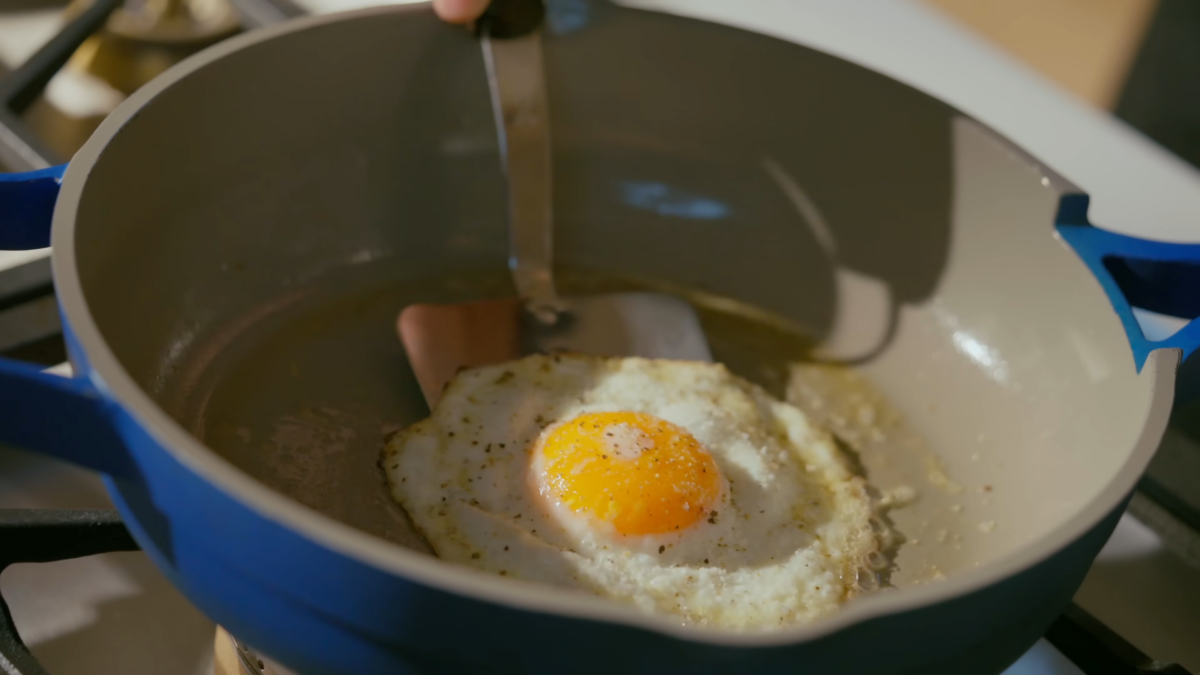
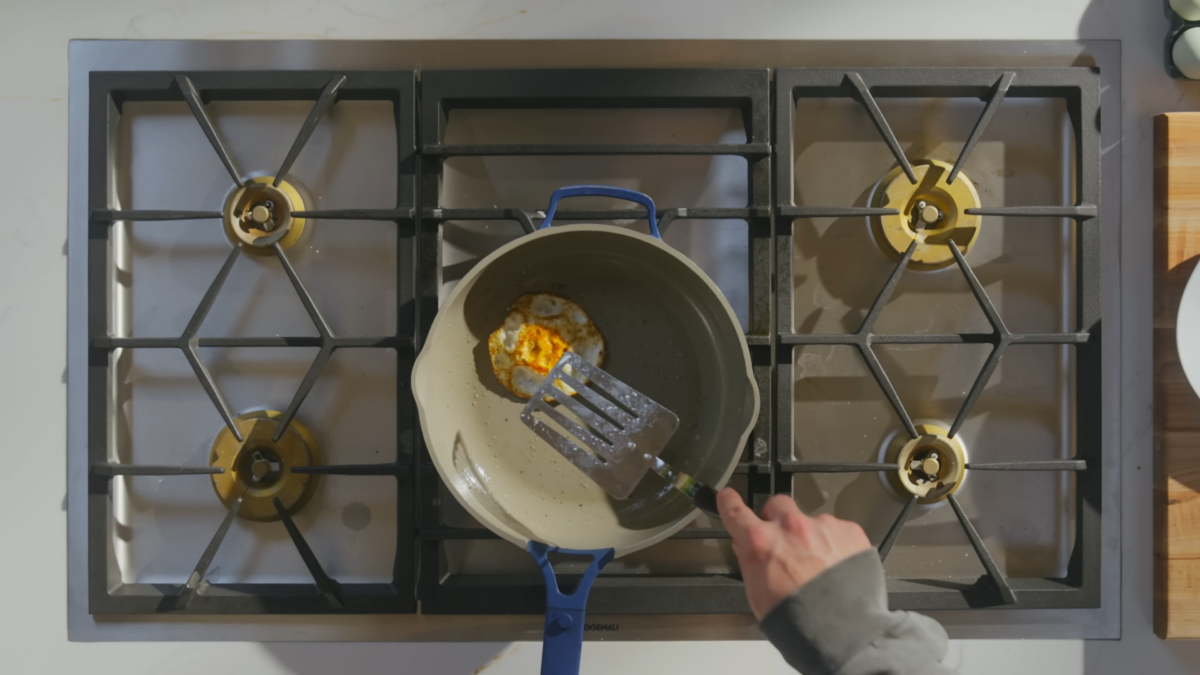

Nick’s Tips for Success
- Use a nonstick pan. This prevents the egg from sticking to the bottom, which can cause it to overcook and make it easy to break the yolk.
- Crack the egg close to the base of the pan. This reduces the risk of the yolk breaking or of shell fragments breaking into the egg.
- Avoid a cracked yolk. To ensure the egg yolk stays intact, let the egg cook for a few seconds after flipping. Then, gently reposition it to the center of the pan to cook completely.
- Try not to overcrowd the pan. If you plan on cooking more than one egg at once, make sure you have enough room to leave a bit of space between the egg whites. Otherwise, they’ll run together, and your eggs will be much harder to flip.
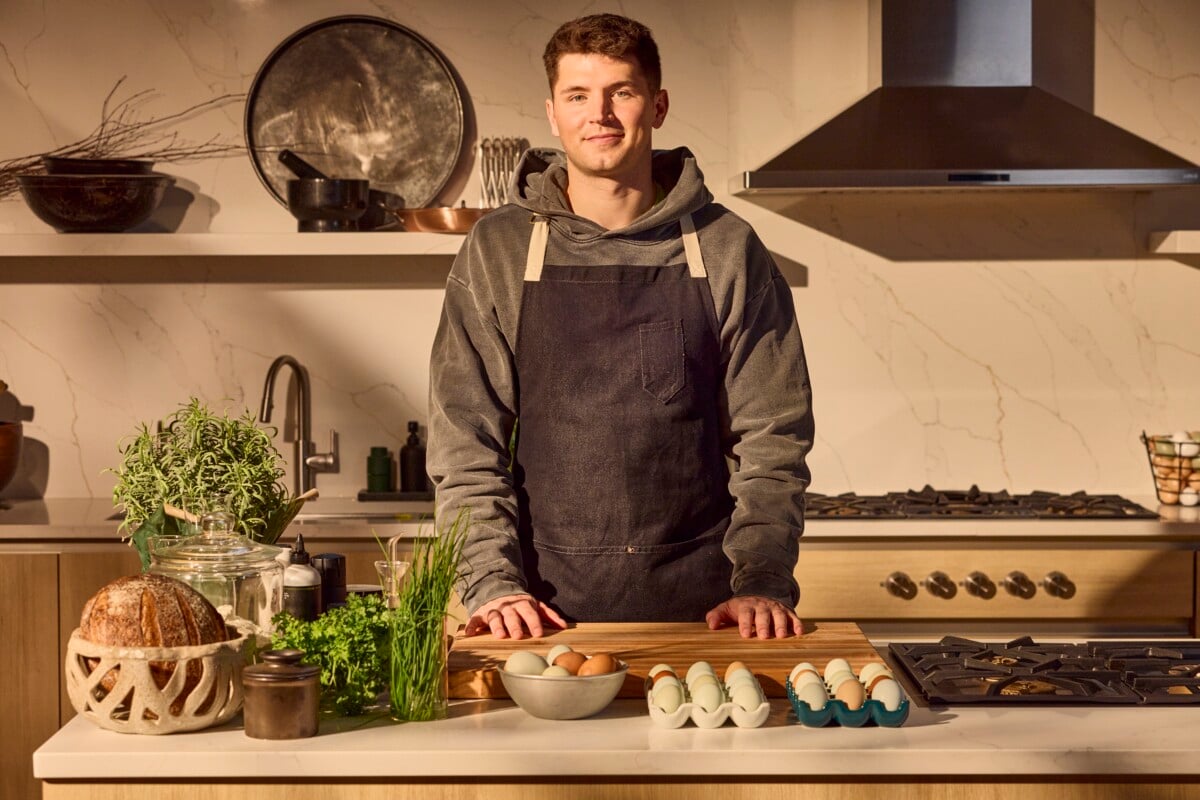
Serving Suggestions
Serve this recipe topped with chili oil or chili crisp alongside other breakfast staples like pancakes, waffles, sausage, or crispy bacon. Or, use the eggs to top avocado toast, breakfast sandwiches, or burgers.
Over Hard Eggs Recipe
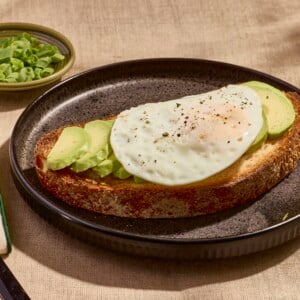
Equipment
- 1 Small Nonstick Skillet with a Lid
- 1 Silicone Spatula
Ingredients
- 1 tablespoon (14 gram) butter
- 1 large egg*
- kosher salt to taste
- black pepper to taste
Instructions
- Heat a small nonstick skillet over medium heat, and add the butter, allowing it to melt.1 tablespoon butter
- Once the butter is lightly sizzling, crack the egg into the skillet, and season with salt and pepper.1 large egg*, kosher salt to taste, black pepper to taste
- Baste the egg with any excess butter to help cook the top egg whites.
- Cook for two to three minutes, or until the edges of the egg turn lacy and golden brown. Then, gently turn the egg with a silicone spatula and cook for two to three minutes or until the egg yolk is completely set.
- Remove the pan from the heat, and transfer to a plate to serve.
Video

Notes
- *Use fresh eggs for the best results. To test your eggs’ freshness, place them in a bowl of water. Fresh eggs sink, and older eggs float.
- Storage: This recipe is best served right away. However, you can store leftovers in an airtight container in the refrigerator for up to three days. To serve, reheat your leftovers in the microwave for about 20 seconds. Or, in a greased skillet over low to medium heat, allowing the eggs to reach a temperature of 165°F, in order to meet to FDA guidelines.
Nutrition
Nutrition information is automatically calculated, so should only be used as an approximation.
 Like this recipe? Rate & comment below!
Like this recipe? Rate & comment below!Frequently Asked Questions
Eggs over hard are cooked on both sides until the yolk is fully set. Sunny side up eggs, on the other hand, are only cooked on one side and maintain a runny yolk, more similar to over easy eggs.
Yes and no, all over hard eggs are fried eggs, but not all fried eggs are over hard. A fried egg is a general term for any egg cooked in a pan. However, over hard refers to a specific method that requires cooking an egg on both sides until the yolk is fully set.
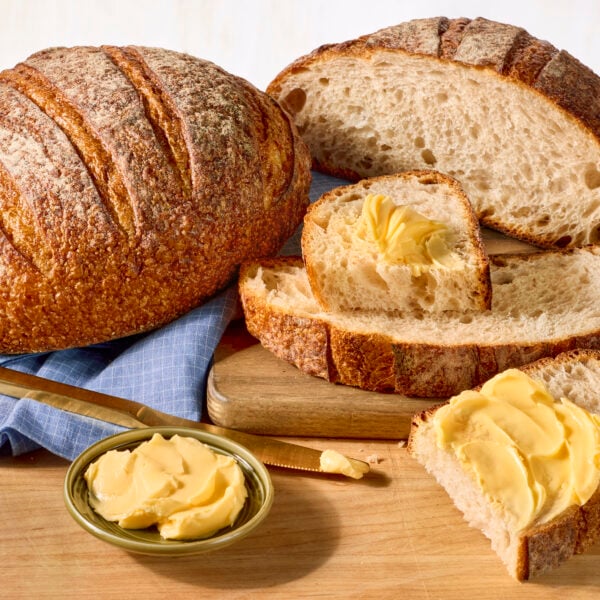
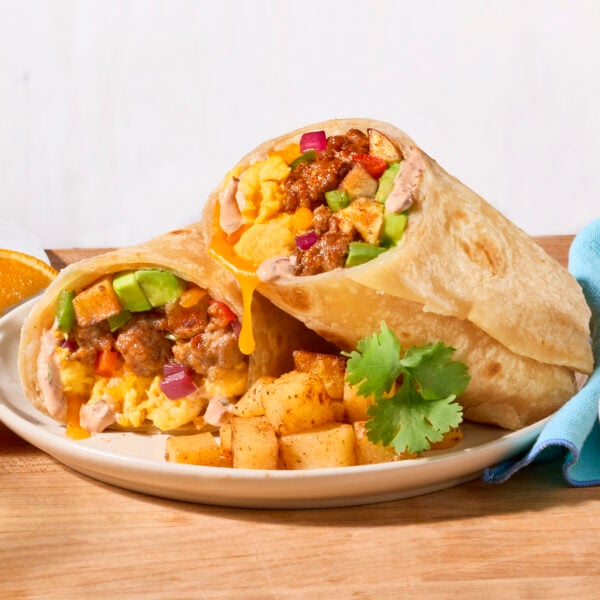
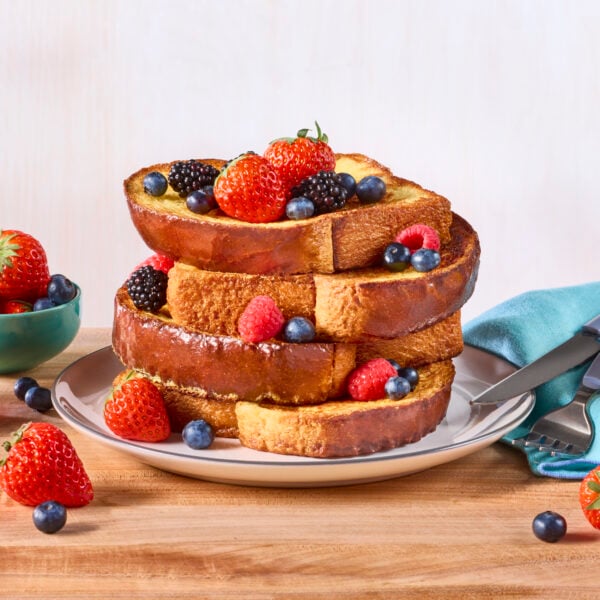

Best I’ve ever had love it nick